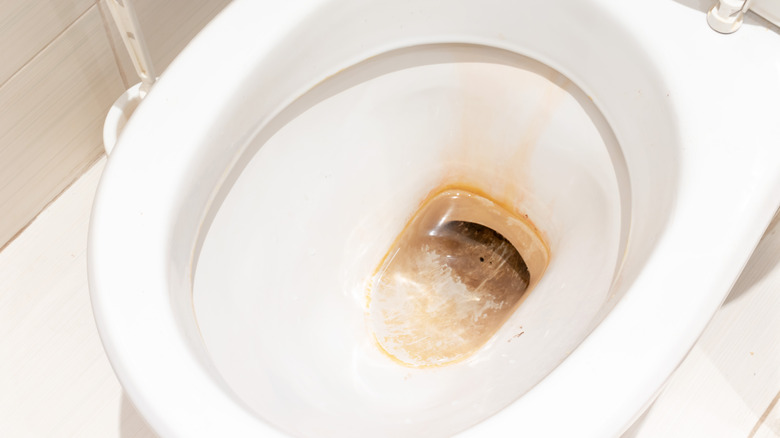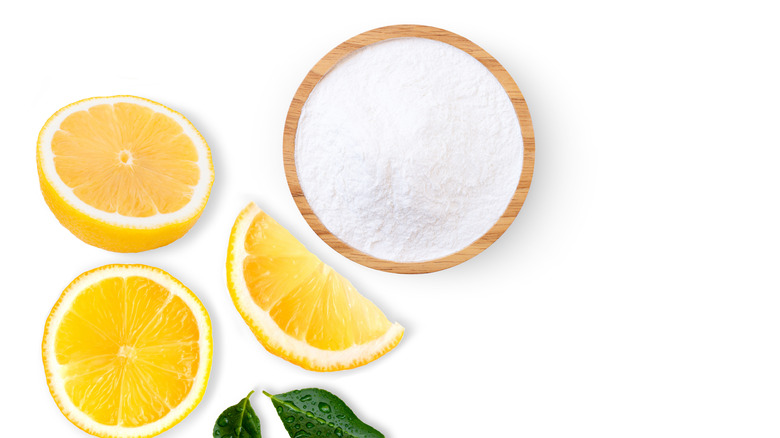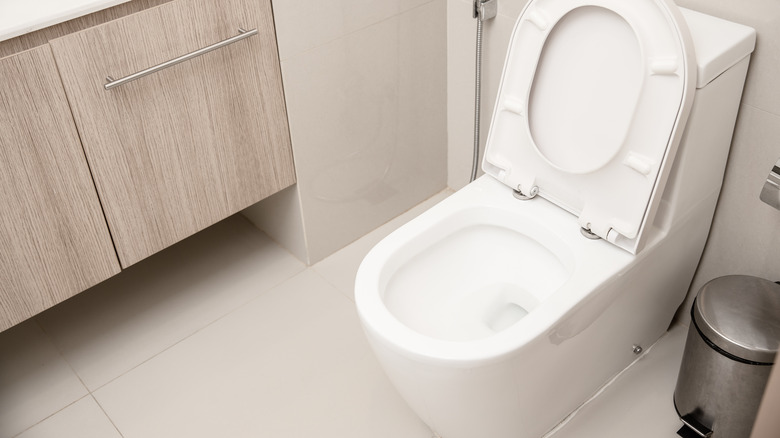How To Eliminate Rust Stains From Your Toilets
A clean and hygienic toilet is a vital component of any well-maintained household. However, one of the most common and frustrating issues homeowners face is the appearance of stubborn rust stains in their toilets. These unsightly blemishes not only diminish the overall appearance of the bathroom but can also be a source of embarrassment. Thankfully there are several methods to eliminate rust stains and restore the bowl to its pristine appearance – from natural remedies using everyday household items like lemon juice and vinegar to commercial rust removers.
Rust stains in toilets can occur due to a variety of reasons. Factors such as old plumbing systems and mineral-rich water can all contribute to these stubborn stains. They often appear as reddish-brown marks that can be challenging to remove, even with bleach. However, armed with the right tools, techniques, and cleaning solutions, you can confidently tackle the stains, and once you have a sparkling clean loo, you can put preventive measures in place to keep the rust from coming back.
Rust stain removal methods
Before you begin cleaning, turn off the water supply to the toilet using the shut-off valve and flush the toilet to empty the bowl. Then, choose a safe method that combines an acid and an abradant. For instance, a paste of lemon juice and baking soda can work wonders in removing rust stains. Let it sit for about 15 minutes, allowing the acidic lemon juice and alkaline baking soda to react with the rust. Finally, scrub the stains with a toilet brush or sponge, and flush the toilet to rinse the residue. Alternatively, combine enough vinegar and coarse salt to create a paste. Apply the mixture directly to the stains.
Pumice, a lightweight volcanic rock with a porous texture, is also effective at removing rust. Wet the stone and gently rub it against the rust stains, applying light pressure. Finally, you can turn to commercial products if natural remedies don't yield satisfactory results. For instance, the household lubricant WD-40 is known to fight rust. Just spray it on, wait a few minutes and then wipe it away. Rust removers specifically designed for toilets are also available, but be sure carefully read the instructions and follow the recommended safety precautions.
Prevent future rust stains
Regular scrubbing to remove any mineral deposits or residue can deter future rust buildup. In addition, consider upgrading your water pipes if you have older ones made of cast iron or galvanized steel, as they are more prone to rust and corrosion. Installing a water softener is another preventive measure to consider , since hard water, which has a high mineral content, can accelerate the formation of rust stains.
Promptly addressing plumbing issues, such as leaks, is also crucial. Leaky pipes or fixtures can introduce rust-causing elements into your toilet water. Regularly inspect your home for any leaks and fix them promptly to prevent rust stains and maintain the overall integrity of your plumbing system. Using commercial toilet rust inhibitors can provide an additional layer of protection. Taking a proactive approach will keep your toilet looking clean, fresh, and free from the unsightly marks of rust.


